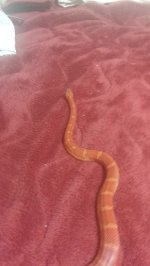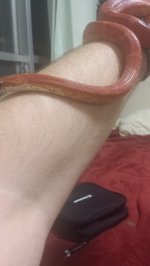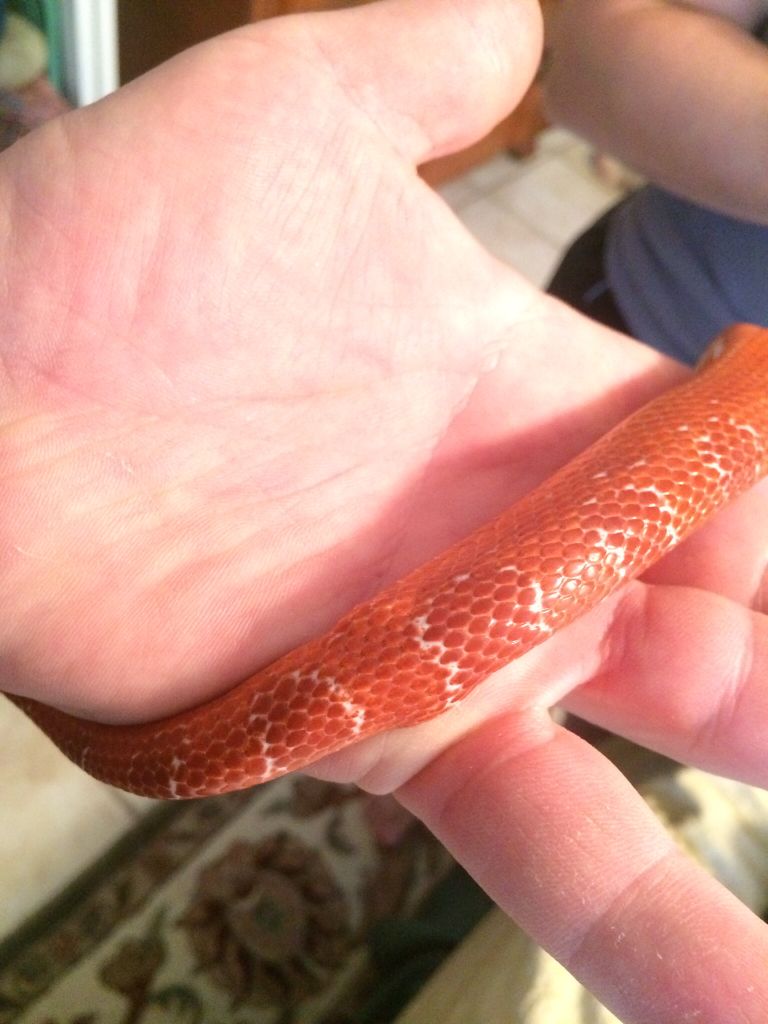Spencer
New member
So.... as the title says... I thought Roxy was fine, but lately, I've noticed she looks a little thin when she moves.... is there a surefire way to know if your snake is too thin.... I've heard if their spine sticks out... I mean... I can see her backbone... but It's not protruding really.... just a bit visible. It's when she moves that I see it. Shes a yearling.... about 1.5 year old now. 217 grams today. She was bigger, but went off food a couple times this summer, so she lost probably 15 or so grams. I'm just wondering.... How can you eyeball and know that the snake is good.




